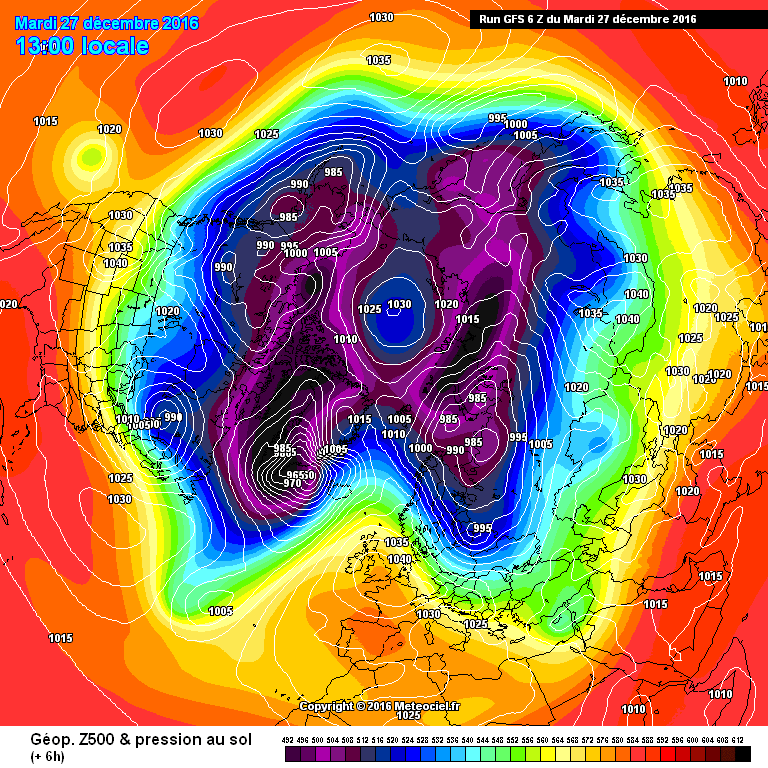Current situation
We are located between a high pressure system over western Europe and a low pressure complex in the east. This combination is producing a partly stormy northerly flow in the Alpine region. Our colleague Orakel has sounded the alarm for the eastern Alps. A long warm front is responsible for this, which has moved to the eastern northern side of the Alps during the night. The snow line currently seems to be hovering around 700-800m, and it is already snowing in the alert areas, mostly with strong winds. It will remain dry further west and in the south. By Thursday, the whole thing will be over in the east and high pressure will prevail across the entire Alpine region.










